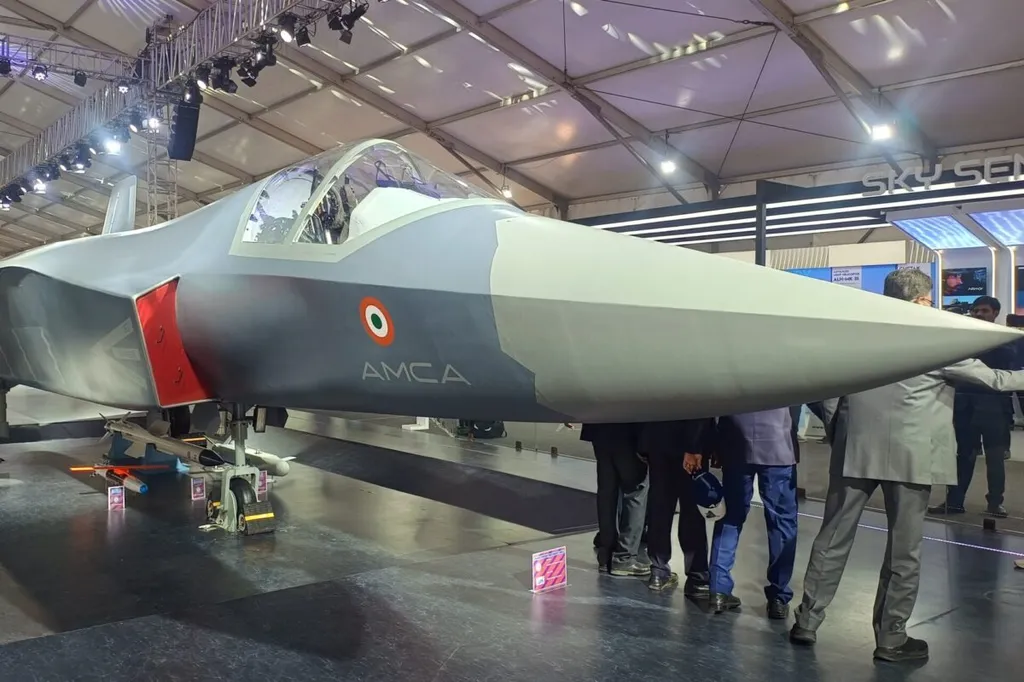India’s Advanced Medium Combat Aircraft (AMCA) program has taken a bold step toward self-reliance and sustainability with the integration of an indigenously developed, non-toxic green stealth coating. This innovation, named Anālakṣhya, marks a pivotal moment in India’s defence technology evolution, blending cutting-edge military capabilities with environmental responsibility.
The AMCA, a fifth-generation stealth fighter under development by the Defence Research and Development Organisation (DRDO), received formal government clearance in May 2025. With a budget of approximately Rs 15,000 crore, the program aims for a maiden flight by 2029 and full operational induction by 2034. Designed as a single-seat, twin-engine, all-weather multirole aircraft, the AMCA is poised to replace the aging Sukhoi Su-30MKI fleet, offering advanced features like internal weapons bays and supercruise ability.
At the heart of the AMCA’s stealth technology lies Anālakṣhya, a metamaterial-based surface cloaking system developed by researchers at the Indian Institute of Technology Kanpur (IIT-Kanpur). The name, derived from Sanskrit for “invisible,” reflects its core function: absorbing over 90% of incoming radar waves and converting them into harmless heat. This breakthrough eliminates the toxic chemicals found in conventional radar-absorbent paints, setting a new global standard for green defence technology.
“Anālakṣhya is the first coating for an Indian fighter jet to be completely free of the toxic chemicals found in conventional radar-absorbent paints,” said a spokesperson from IIT-Kanpur. “This eco-friendly composition mitigates serious health risks for manufacturing and maintenance personnel and prevents environmental contamination during disposal.”
The coating’s development aligns with India’s ‘Atmanirbhar Bharat’ initiative, ensuring that future air superiority is achieved without compromising ecological safety or performance. Over 90% of the materials used in its production are sourced domestically, significantly reducing reliance on foreign suppliers and bolstering the domestic defence industry.
The integration of Anālakṣhya into the AMCA program places India in an exclusive group of nations capable of producing their own fifth-generation stealth fighters. This technological leap is particularly significant in a region with complex geopolitical dynamics, providing the Indian Air Force with a substantial tactical advantage.
“With progress evident in completed wind tunnel tests and the ongoing work on full-scale prototypes, the AMCA is firmly on course to redefine India’s air power for decades to come,” said DRDO chief Samir V. Kamat.
While challenges such as engine development and scaling up production remain, the AMCA program’s commitment to innovation and sustainability sets a precedent for the global defence industry. By prioritising eco-friendly solutions, India is not only enhancing its military capabilities but also pioneering a new era of responsible defence manufacturing.

